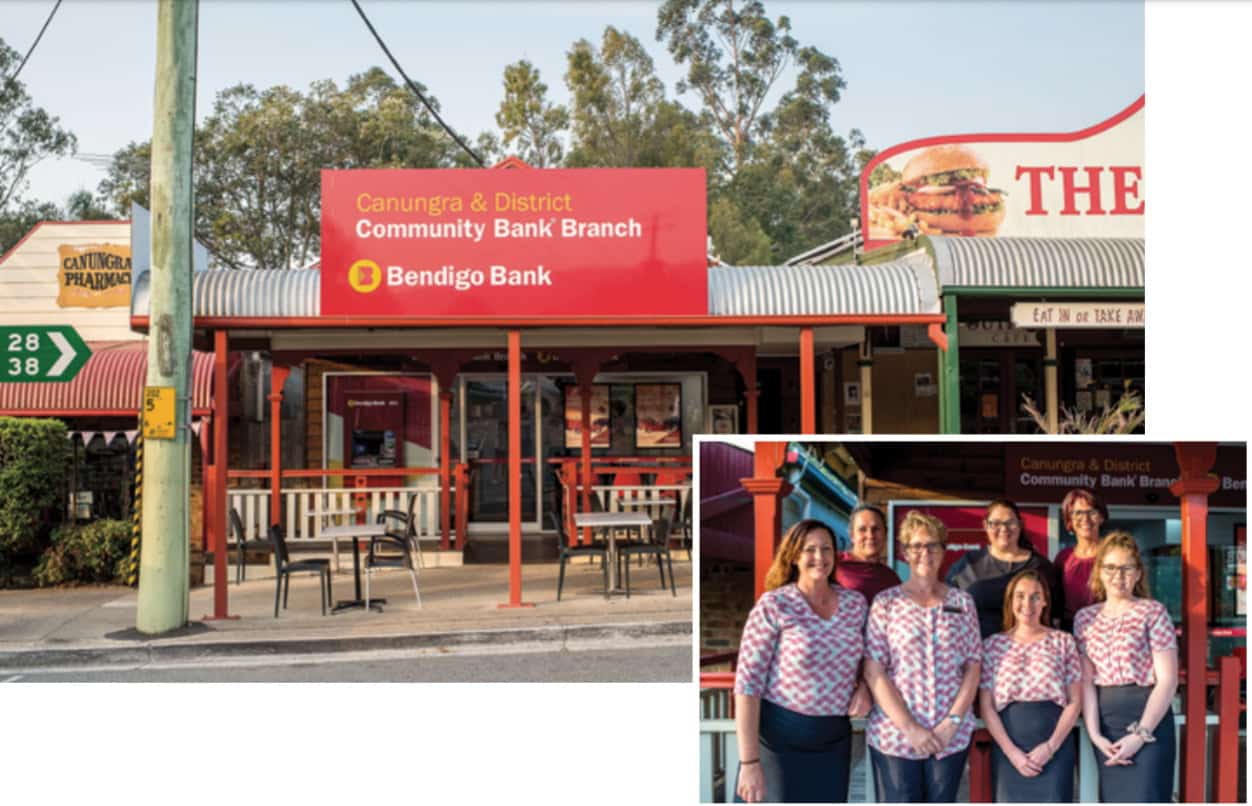While the gold rush was happening around Bendigo, Victoria, in the 1800s, there was another rush of a different kind. The rush to plant grapes began with the first vines planted in the region five years after gold was discovered in 1851.
While gold mining continued into the 20th century, the wine industry died with the arrival of the grapevine aphid phylloxera in 1893. It wasn’t until 1969 that vines reappeared in the region.
The winemaker responsible for reviving the sector was a local pharmacist, Stuart Anderson, who founded Balgownie Estate, 5 miles from Bendigo, forging the region’s reputation for its flavorsome red wines.
Balgownie is a beautiful estate with quality accommodation, glamping tents, a historic cellar door, and a restaurant. While I didn’t get to Balgownie on my recent trip to Bendigo – as I was otherwise busy with the Symposium of Australian Gastronomy – I did get to sample a strong lineup of Balgownie wines along with the other fine labels discussed here.
The Bendigo (GI) wine region has 610 ha of vineyards planted in and around Bendigo, Bridgewater on Loddon, Marong, Mandurang, and Harcourt. Hot, dry summers; cool, wet winters; and crisp nights all year round produce richly flavored Shiraz and Cabernet Sauvignon.
While some nice whites are produced, red is the dominant color. If you like a good read, this is the place to go!
Lome Viognier Roussanne Marsanne
Lome 2018 Viognier Roussanne Marsanne: Tim and Di Robertson’s Lome vineyard is located in the picturesque Harcourt Valley on 360 million-year-old soils. It was originally an apple and pear orchard, and interestingly, some of those notes come through in this Rhone-esque blend, along with subtle spice and vanilla. Aged in French oak, it is beautifully balanced with fine acidity. I’ve tasted it twice, once with Chinese food (a good match) at the Golden Dragon Museum and once with an exquisite soft cheese, Silver Wattle, from local cheesemaker Long Paddock.
Balgownie 2018 Black Label Chardonnay: While Balgownie makes some great Bendigo reds, it also produces this beautiful Yarra Valley Chardonnay. Smooth, creamy, and light in taste, it has a pale lemon color and bright flavors of pear and melon. There is a hint of citrus, soft oak, and fresh acidity.
Sutton Grange 2019 Fairbank Rosé: A nice bubbling wine that slipped easily with the fried spring rolls and fuzzy sims at the Golden Dragon dinner. Generously fruity with a hint of spice, a pale salmon color, and a long, fresh finish.
Sandhurst Ridge 2016 Nebbiolo: Brothers Paul and George Greblo continue the legacy of their Northern Italian ancestors in producing fine, intensely flavored wines. The firm tannins are nicely balanced with flavors of cherries, raspberries, and other red berries, followed by a savory finish. Nebbiolo is a great food wine paired beautifully with Chinese roast duck.
Turners Crossing 2013 Cabernet Sauvignon: This was savored over a multicultural dinner, culminating in a lovely goat curry. This big, bold Cabernet with notes of blackberry and plum was a good match. Rich, earthy, and just what the doctor ordered on a chilly night.
Killiecrankie 2018 Shiraz: What a joyous discovery this was – elegant and harmonious with a fine texture and soft silky tannins. Vibrant with plum-like, dark fruit, it was made in the garagiste style with hand-dipped ferments, basket presses, and minimal intervention. John Monteath and Claire Hull do interesting things at Killiecrankie (I love the name!); this is one to watch.
